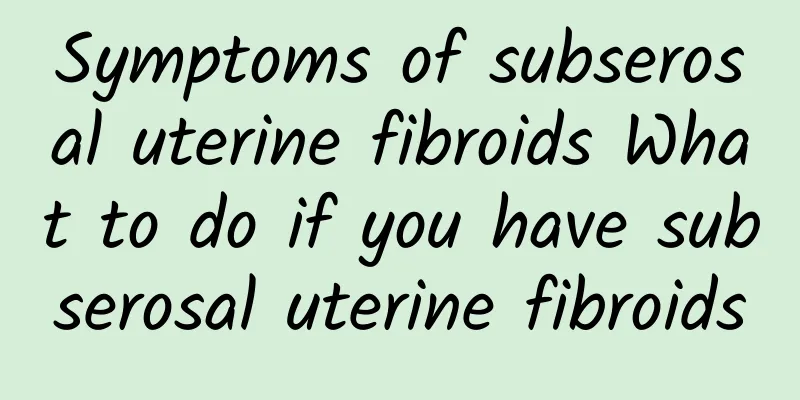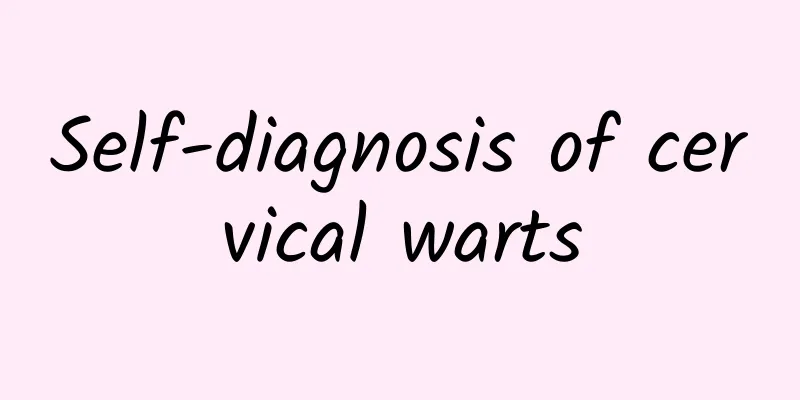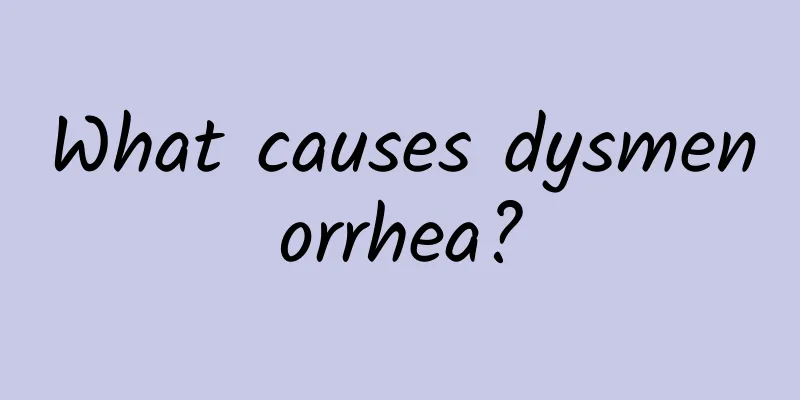Symptoms of subserosal uterine fibroids What to do if you have subserosal uterine fibroids

|
Subserosal uterine fibroids refer to most of the fibroids that grow and protrude from the surface of the uterine serosa, accounting for about 20130% of fibroids. Subserosal uterine fibroids refer to most of the fibroids that grow and protrude from the surface of the uterine serosa, between the subserosal uterine fibroids and the muscle wall. Small fibroids have little effect on women's menstrual changes, so they are difficult to find. However, what are the symptoms of subserosal uterine fibroids? Submucosal uterine fibroids are intramural fibroids close to the uterine cavity, growing in the direction of the uterine cavity, and covered with endometrium on the surface. This type of fibroid protrudes from the uterine cavity and can change the shape of the uterine cavity. Some fibroids are only connected to the uterine wall, which is called pedunculated submucosal fibroids. This type of fibroid causes reflex uterine contractions in the uterine cavity, like a foreign body. Due to gravity, the fibroids gradually move downward to the internal cervical os, and are eventually stretched, and the fibroids are gradually squeezed at the external cervical os or vaginal os. Clinically, the symptoms of subserosal uterine fibroids are mainly as follows: 1. Increased leucorrhea: increased leucorrhea, sometimes with a large amount of pus and slough tissue discharged with odor. 2. Secondary anemia: If the patient has long-term menorrhagia, it can lead to secondary anemia, general fatigue, pale complexion, shortness of breath, palpitations and other symptoms of submucosal uterine fibroids 3. Menstrual changes: It is a common symptom of submucosal uterine fibroids, manifested as shortened menstrual cycle, increased menstrual volume, prolonged menstruation, irregular vaginal bleeding, etc. Uterine fibroids are extremely harmful to women. If uterine fibroids are not treated in time for women who have not given birth, they may lead to infertility. In addition, female friends with uterine fibroids are also prone to miscarriage. Therefore, female friends should treat uterine fibroids in time. The above are the symptoms of subserosal uterine fibroids, I hope it can help you. In the treatment of uterine fibroids, the following drugs are commonly used in drug treatment: Dangui Capsule: Anti-cancer and tumor elimination, blood circulation and blood stasis, softening and dispersing nodules. It is used for uterine fibroids and pelvic inflammatory masses caused by qi stagnation and blood stasis, with lower abdominal distension and pain, lumbosacral pain, excessive vaginal discharge, anal swelling, and dark spots on the tongue. Guizhi Fuling Capsule: Blood circulation and blood stasis. It is used for menstrual closure, dysmenorrhea, postpartum lochia, uterine fibroids, chronic pelvic inflammatory masses, dysmenorrhea, endometrial odor, ovarian cysts, etc. Xiaojie'an Capsule: Blood circulation and blood stasis, softening and dispersing nodules. It is used for breast lumps, mammary lobular hyperplasia, ovarian cysts, and uterine fibroids caused by qi stagnation and blood stasis, with the above symptoms. |
<<: What are the symptoms of uterine fibroids? How much is the cost of treating uterine fibroids?
Recommend
How to cure pelvic inflammatory disease and prevent recurrence? There are many treatment methods
There are many ways to treat this kind of pelvic ...
What medicines are used to treat cervicitis in women? It is recommended to use these medicines to treat cervicitis.
Patients with cervicitis usually experience exter...
How to treat chronic cervicitis with squamous epithelial hyperplasia? 3 methods are the most effective in treating chronic cervicitis
Some diseases are chronic, and some are short-ter...
The first step to losing weight is to strengthen your liver! Speed up metabolism and kick fat more smoothly
Dieting forces your metabolism to slow down in or...
How to treat female cervical erosion and hypertrophy? Two methods to treat cervical erosion and hypertrophy are effective
Cervical hypertrophy is a type of chronic cervici...
What are the main pathologies of ectopic pregnancy?
Everyone has heard of ectopic pregnancy, but many...
Why do I get dysmenorrhea when I'm angry?
Anger is dysmenorrhea, which is caused by changes...
What factors can cause ovarian cysts?
The ovaries are part of the female body, but if t...
Hyperprolactinemia remedies
Recently, I learned about hyperprolactinemia from...
Cervical erosion is usually caused by improper surgical operation.
Cervical erosion is usually caused by improper su...
How to regulate irregular menstruation most effectively
There is no such thing as the most effective way ...
How to prevent dysmenorrhea in daily life What are the methods to prevent dysmenorrhea
Dysmenorrhea, or menstrual pain, is a common prob...
Can rapid weight loss prevent blindness in diabetics? Famous ophthalmologists debunk 4 myths
Diabetes is an invisible killer of vision health....
Experts briefly analyze the typical symptoms of irregular menstruation
Girls will have menstruation when they reach a ce...
Endometrial tuberculosis regular hospital expert advice
I believe that every female friend does not want ...









